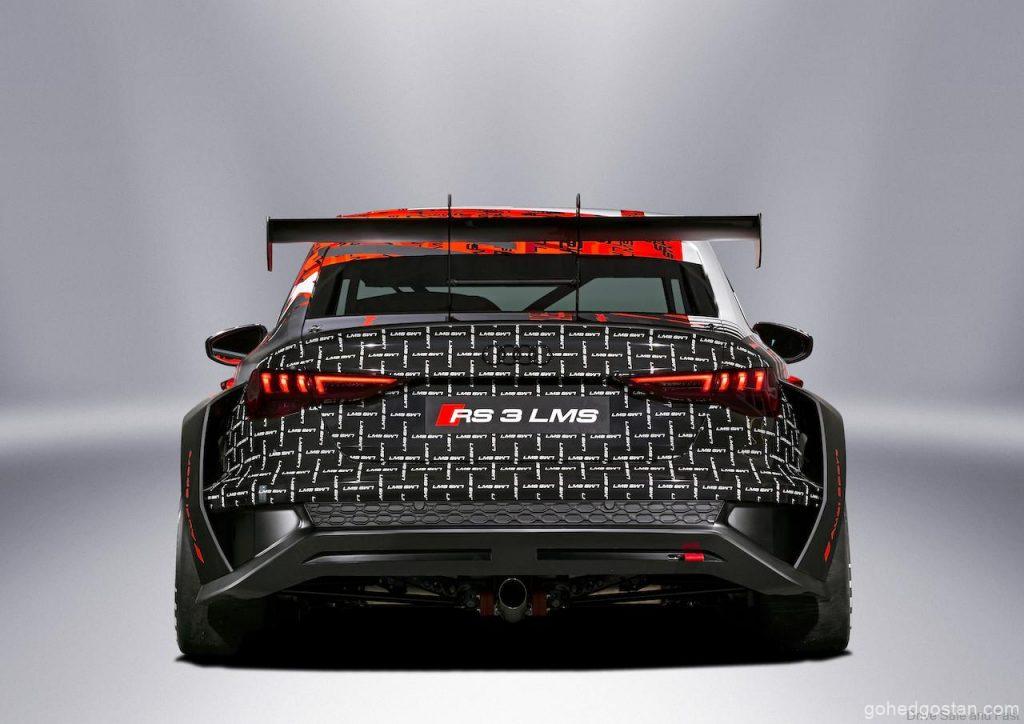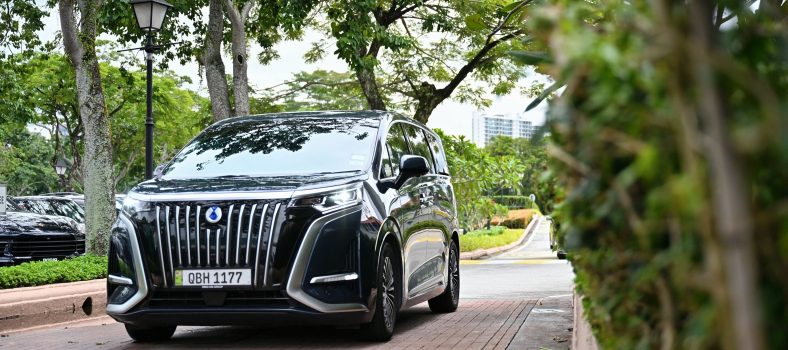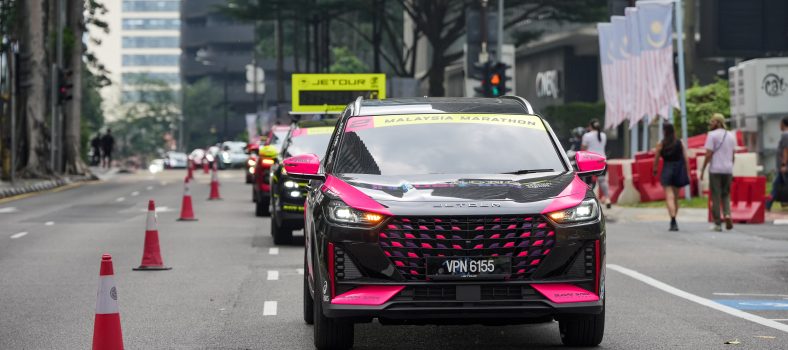LMS Audi RS3 Generasi ke-2 Didedahkan – Dibina Untuk Perlumbaan Pelanggan
Masih agak murah seperti RS3 LMS sebelumnya, tetapi dengan lebih banyak kuasa dan keselamatan.
Beberapa tahun kebelakangan ini ianya sangat sukar bagi bahagian sukan permotoran Audi. Mereka meninggalkan kelas LMP1 di Le Mans selepas 2016 dan tahun ini akan meninggalkan DTM.
Namun, Audi Sport tetap komited kepada perlumbaan pelanggan dan tujuan mereka adalah untuk memberikan lebih nilai daripada sebelumnya dengan RS3 LMS generasi kedua ini.

Audi RS3 LMS baharu ini dilengkapi dengan semakan terbaharu motor 4 silinder EA888 2.0L. Sistem ekzos baharu, valve cover breather dan pemisah minyak adalah satu-satunya komponen di sini yang berbeza dengan enjin series production. Ini membantu penjimatan kos yang diperlukan. Namun, enjinnya tetap ditalakan kepada 340hp. Audi juga telah mengurangkan berat klac plat kembar sebanyak 800g dan menggunakan driveshaft yang lebih kuat.

Terdapat sistem pengurusan enjin baharu yang berfungsi dengan peraturan terkini dan ini dibekalkan oleh Magneti Marelli. 2 pendingin air yang disusun secara mendatar di atas satu sama lain telah direkayasa agar tidak terlalu sensitif terhadap hentaman menegak.

Untuk maklumat lebih banyak tentang penambahbaikan yang dibuat pada generasi Audi RS3 LMS ini, lihat siaran media Audi di bawah.
SIARAN MEDIA
Benchmarks in safety
No other TCR touring car offers as many optional safety components as are on board as standard in the Audi RS3 LMS. The roll cage consists of steel tubes that add up to just under 25.8 meters in length. A six-point safety belt serves as restraint system for the driver. The Audi Sport Protection Seat, unique in the TCR class, with its robust construction and elaborate upholstery offers maximum accident safety. For better occupant protection in the event of a side impact, it is moved closer toward the center of the vehicle. Optionally available seat-wrapping safety nets on the right and left provide additional protection for the driver. The standard roof hatch facilitates recovery of the driver after accidents. It allows the helmet to be gently removed upward and, if necessary, a rescue corset (“Kendrick Extrication Device”) to be inserted vertically from above to stabilize the driver’s spine. For the first time, the rear window in every Audi RS3 LMS is made of polycarbonate ex factory at no extra charge. This material reduces weight and is extremely impact-resistant. Foreign objects can only penetrate this window with difficulty in the event of an accident, for example. The safety fuel tank complies with FIA FT3 regulations and has a capacity of 100 liters. A fire extinguishing system completes the safety equipment.
Improved ergonomics in the new cockpit
The cockpit is even more driver-oriented and easier to operate. The steering wheel features a control panel specified for TCR purposes. In the center console, twelve functions are ergonomically optimized and logically grouped in a clearly arranged keypad. The ignition and various light functions can be activated there, as can the cockpit fan or the optional windshield heating. The brake balance and, if necessary, the fire extinguishing function are also within easy reach below the center console and are easy to identify. The new wiring system developed for motorsport with six decentralized fuse boxes reduces weight and cable complexity and offers targeted redundancies. This means that any electrical malfunctions in individual subsystems have less impact on the entire network. The pedal box can be adjusted mechanically after loosening a screw connection and thus adapted to different driver sizes within a few minutes.
Adaptable chassis and consistent brakes
Audi Sport customer racing is breaking new ground in chassis adjustment. The McPherson design on the front axle makes it possible to implement changes to the kinematics faster than ever before. Whereas the previous bolting system always required a chassis measurement for changes, spacer components known as shims can now be inserted in the control arm and track rod in a matter of minutes. In four different widths from 1.2 to 10 millimeters at the wishbone, they can be combined in such a way that camber changes from 2 to 7 degrees at the front axle can be variably adjusted. Without wheel alignment, the respective session can be continued on the race weekend – an unbeatable advantage, for example, when changing the set-up at short notice during qualifying. The Audi RS3 LMS also features track rods as standard on the four-link rear axle to achieve bump steer effects. They support the agility of the race car when turning in. Other variables of the suspension kinematics such as anti-dive and anti-lift, the height of roll centers, caster or the distance of the subframes to the body when the ride height is changed offer all the options a team could wish for when setting up. For the first time, the stabilizers have a quick-release fastener and can therefore be replaced at short notice. This gives the engineers even more freedom: In total, there are nine stabilizer settings on the front axle and six on the rear axle. Different springs and dampers that can be adjusted in two ways complete the chassis setup options. The brakes, whose dimensions are limited by the regulations, operate in a more favorable thermal window in the new model. In addition to the discs, the ventilation also includes the highly stressed six-piston calipers on the front axle for the first time. With all these innovations, the Audi RS3 LMS offers more race car feeling than ever before.









No Comment